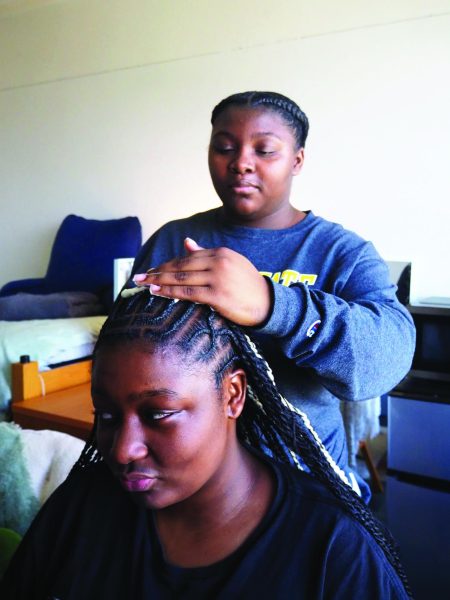New revisions made to an old law: No Child Left Behind
December 9, 2015
There are times when the United States government does something that the leaders believe is in the country’s best interest, and then there are times when they realize that that particular something was actually only making the problem worse.
Fortunately for educators across the country, the latter is the case as the country’s leaders take action to improve the damage the No Child Left Behind (NCLB) Act left in its path in public schools.
Last Wednesday, the U.S. House of Representatives met and nearly unanimously passed a revision to NCLB, giving states back the control of the testing that the federal government was so diligently enforcing.
This revision has been a long time coming, since the original NCLB Act expired in 2007.
While the original act had nothing but good intentions to ensure that low-income and minority students were not being left behind, the problem with the original bill was that it left a majority of schools across the U.S. labeled as “failing.” Because of this fear of failing, many schools left their teachers with little to no choice but to teach to the test, taking away creativity with lessons in the classroom.
The Council of the Great City Schools recently did a study that showed an average student takes somewhere in the neighborhood of 112 standardized tests between pre-kindergarten and grade 12, and only a fraction of these were federally required.
For one Wayne State College future educator—among others to be sure—these tests drew some concerns. Nathan Kackmeister is a senior studying secondary social science education, and to him this bill is mostly good news.
“NCLB did concern me because too many teachers encourage cramming material into the minds of students to pass an exam, and then they basically forget all of it,” Kackmeister said. “I think there needs to be a way of measuring achievement, but it shouldn’t always be in the form of a test.”
In the revision to NCLB, annual math and reading tests are to be required in grades three through eight and once more in high school in order to see students’ progression. But instead of solely basing schools’ success on tests, states can rate their schools based on other factors, such as advance courses offered, graduation rates and student surveys.
“States need to listen to their teachers and students,” WSC graduate Brittney Means said. “Students learn differently, so they don’t test the same way. So schools should be evaluated in different ways.”
Now, education majors with test worries on their minds can sleep easily knowing that steps are being taken to give teachers back their freedom in classrooms.
Hopefully, this will in turn give children back their inspiration in learning.








